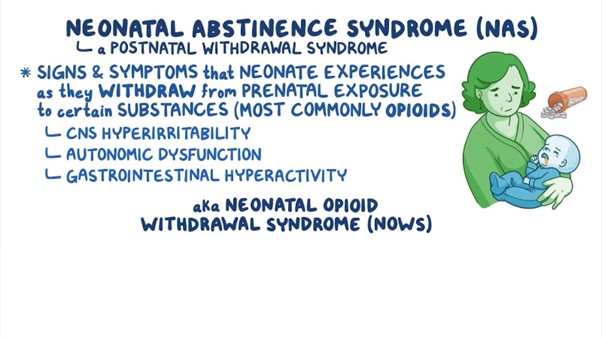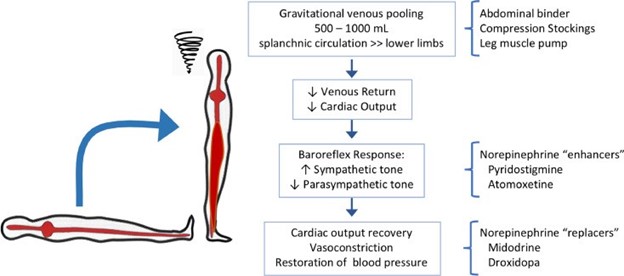A nurse in an emergency department is assessing an adolescent who has conduct disorder.
Which of the following questions is the priority for the nurse to ask the client?
How do you get along with your peers at school?
Do you have a criminal record
Do you have thoughts of harming yourself
How do you manage your behavior
The Correct Answer is C
The correct answer is choice C: “Do you have thoughts of harming yourself?”.
This is the priority question for the nurse to ask the client because it assesses the client’s risk for suicide, which is a serious and potentially life-threatening complication of conduct disorder. The nurse should use a direct and nonjudgmental approach when asking about suicidal ideation and plan.
Choice A: “How do you get along with your peers at school?” is wrong because it is not the most urgent question to ask the client.
While it is important to assess the client’s social relationships and possible peer rejection, this can be done after addressing the client’s safety and mental status.
Choice B: “Do you have a criminal record?” is wrong because it is not relevant to the client’s current condition and might make the client feel defensive or stigmatized.
The nurse should avoid asking questions that imply blame or judgment and focus on the client’s strengths and coping skills.
Choice D: “How do you manage your behavior?” is wrong because it is not appropriate for the nurse to ask the client in an emergency department setting.
This question might imply that the client is responsible for their conduct disorder, which is a complex and multifactorial mental health condition. The nurse should collaborate with the client and their family to develop a behavior management plan that involves positive reinforcement, limit setting, and consistent consequences.
Normal ranges: According to the DSM-5, conduct disorder is characterized by a persistent pattern of behavior that violates the rights of others or societal norms.
The symptoms of conduct disorder include aggression, deceitfulness, destruction of property, serious rule violations, and lack of remorse.
Conduct disorder can cause significant impairment in social, academic, or occupational functioning. The prevalence of conduct disorder is estimated to be 4% among children and adolescents.
The risk factors for conduct disorder include genetic factors, neurobiological factors, environmental factors, and psychological factors.
Nursing Test Bank
Naxlex Comprehensive Predictor Exams
Related Questions
Correct Answer is B
Explanation
Choice A reason
Administering naloxone to the newborn is not appropriate. Naloxone is an opioid antagonist used to reverse the effects of opioid overdose in adults. It is not typically used for newborns with neonatal abstinence syndrome. The management of NAS is primarily supportive, and medications may be prescribed to help manage specific withdrawal symptoms, but naloxone is not a standard treatment for NAS.
Choice B reason:
Minimizing noise in the newborn's environment is a crucial action in the plan of care is the correct action to be included. Newborns experiencing NAS can be easily overstimulated, and loud noises can exacerbate their withdrawal symptoms and distress. Creating a calm and quiet environment helps reduce agitation and promotes better sleep and overall comfort.
Choice C reason
Swaddling the newborn with his leg extended is not appropriate in this case. Swaddling can be beneficial for some newborns, but the specific positioning and swaddling techniques should be individualized based on the newborn's needs and preferences. Extending the newborn's legs may not necessarily be the best approach, as it may not provide comfort or address the symptoms associated with NAS.
Choice D reason:
Maintaining eye contact with the newborn during feedings is not appropriate in this case. While maintaining eye contact during feedings is an essential aspect of bonding and promoting parent-newborn attachment, it may not be the primary focus in managing neonatal abstinence syndrome. The plan of care for a newborn with NAS would primarily involve managing withdrawal symptoms, providing comfort measures, and addressing the newborn's unique needs during this challenging period.

Correct Answer is C
Explanation

Whether you are a student looking to ace your exams or a practicing nurse seeking to enhance your expertise , our nursing education contents will empower you with the confidence and competence to make a difference in the lives of patients and become a respected leader in the healthcare field.
Visit Naxlex, invest in your future and unlock endless possibilities with our unparalleled nursing education contents today
Report Wrong Answer on the Current Question
Do you disagree with the answer? If yes, what is your expected answer? Explain.
Kindly be descriptive with the issue you are facing.
